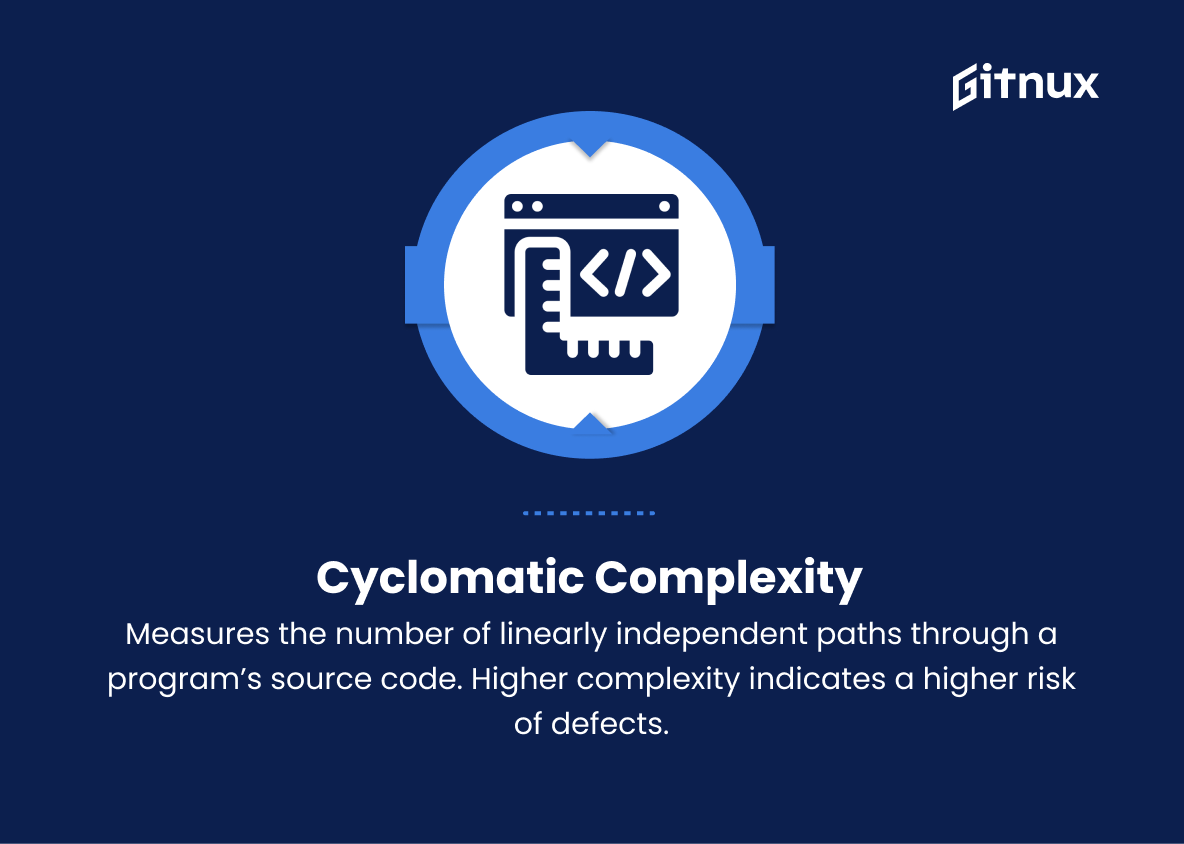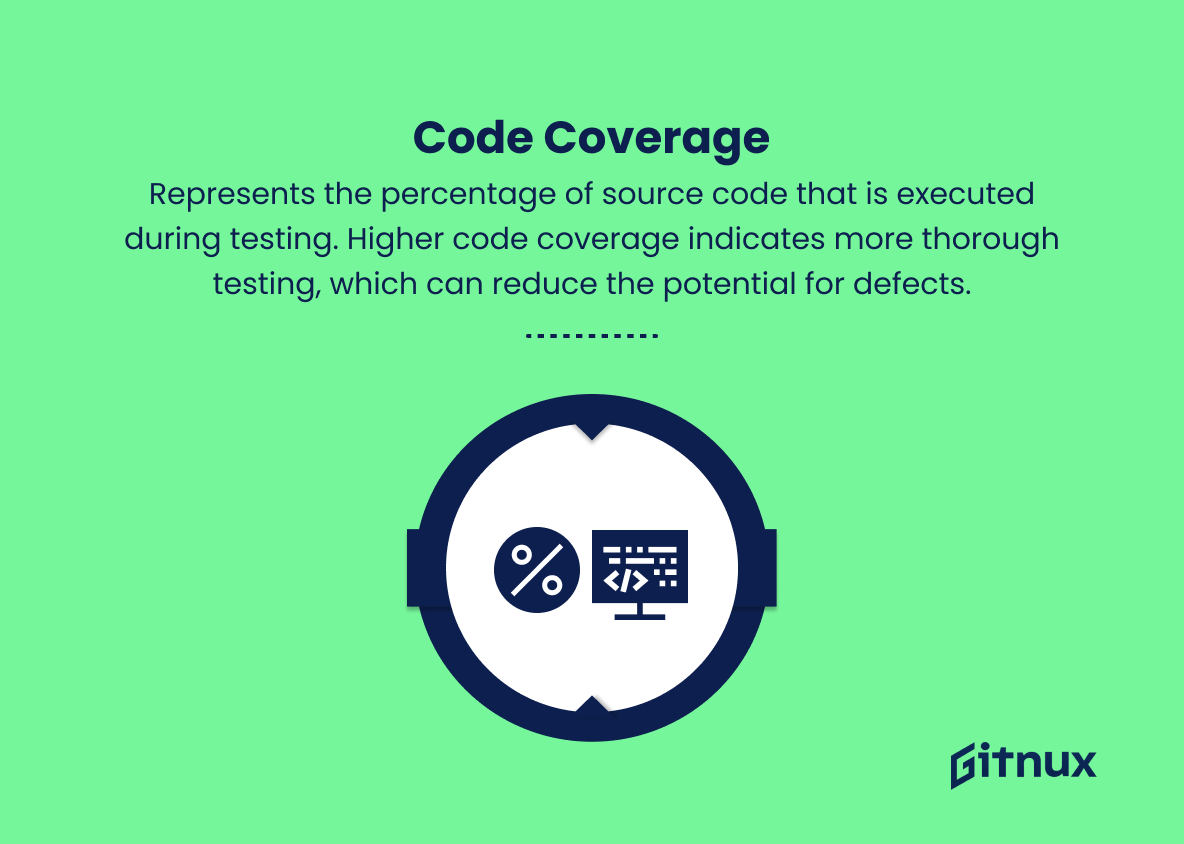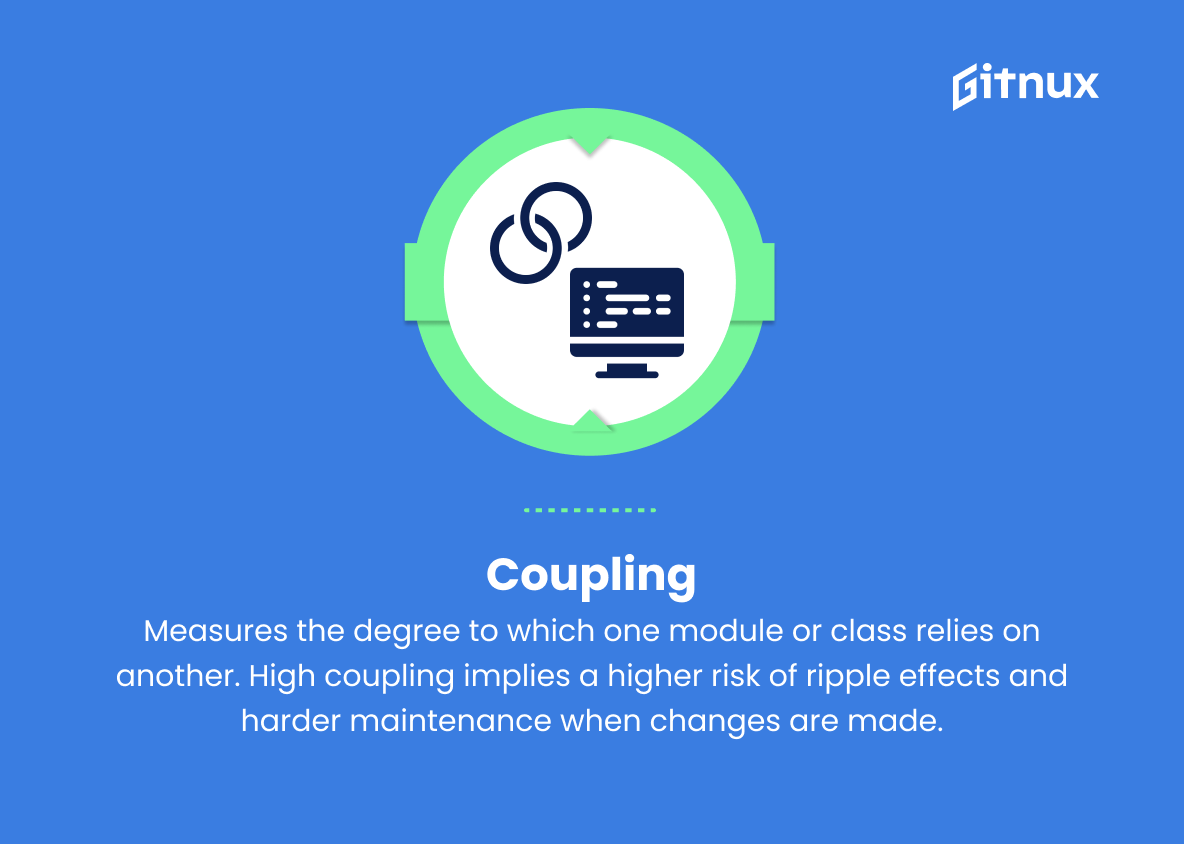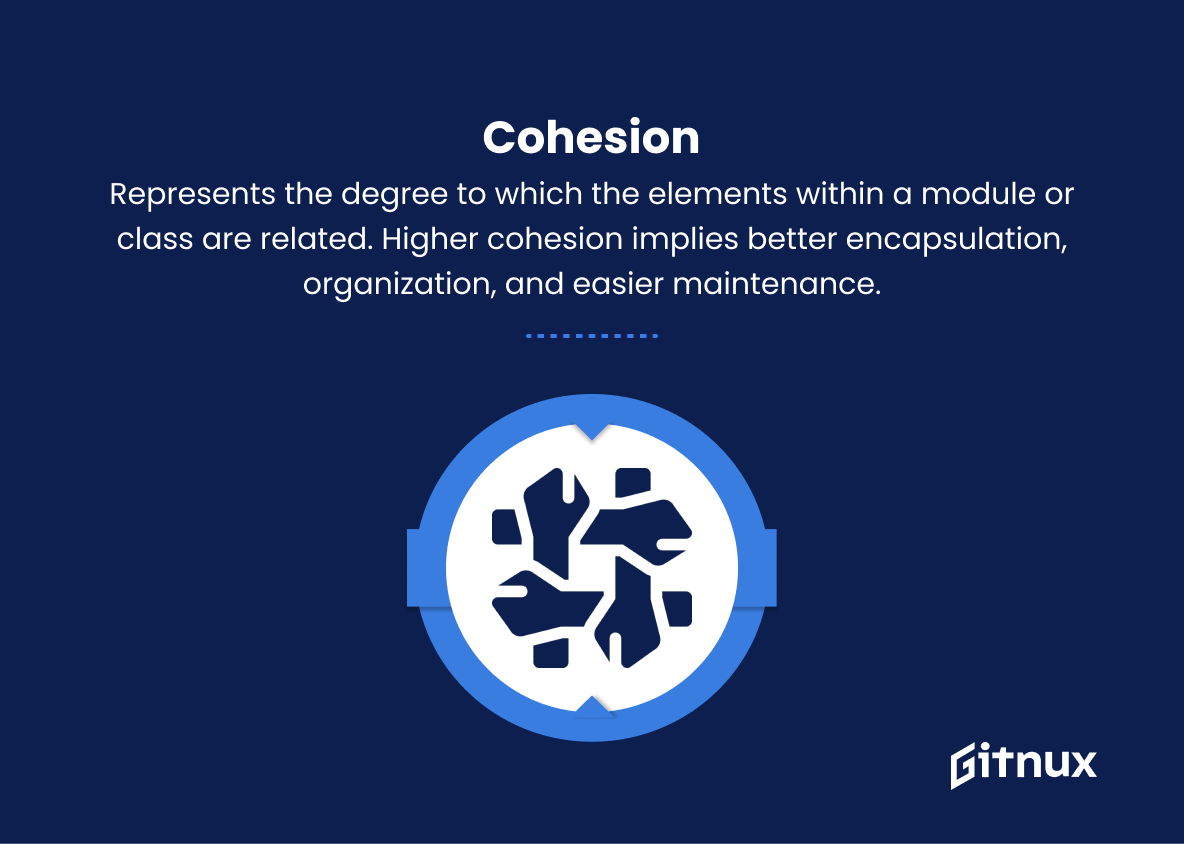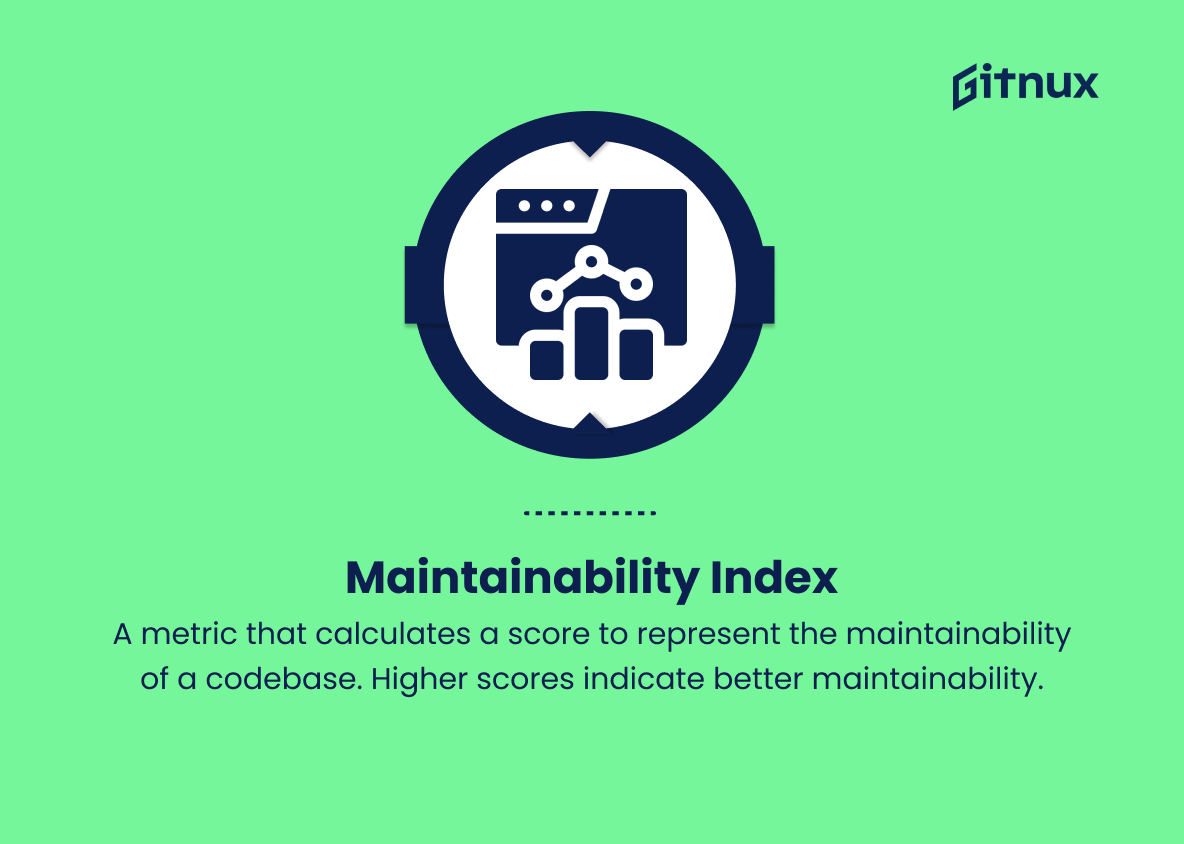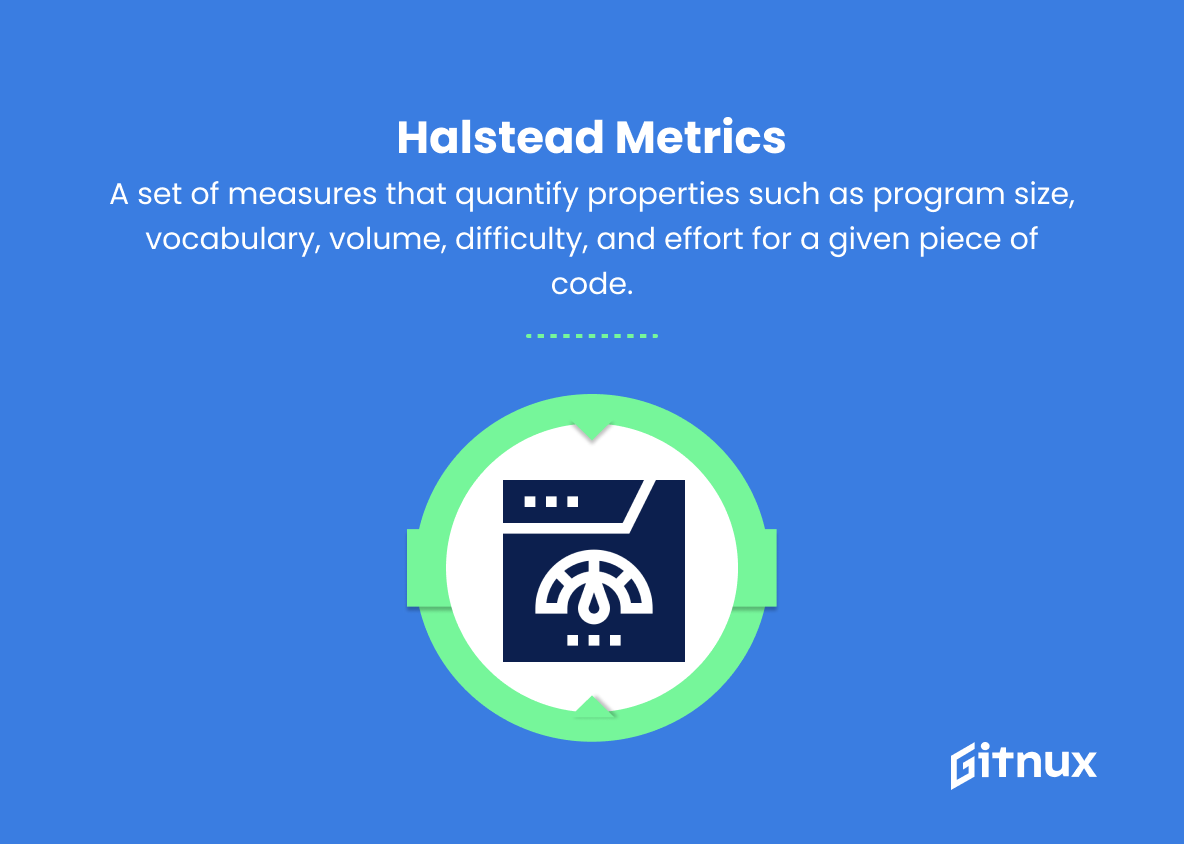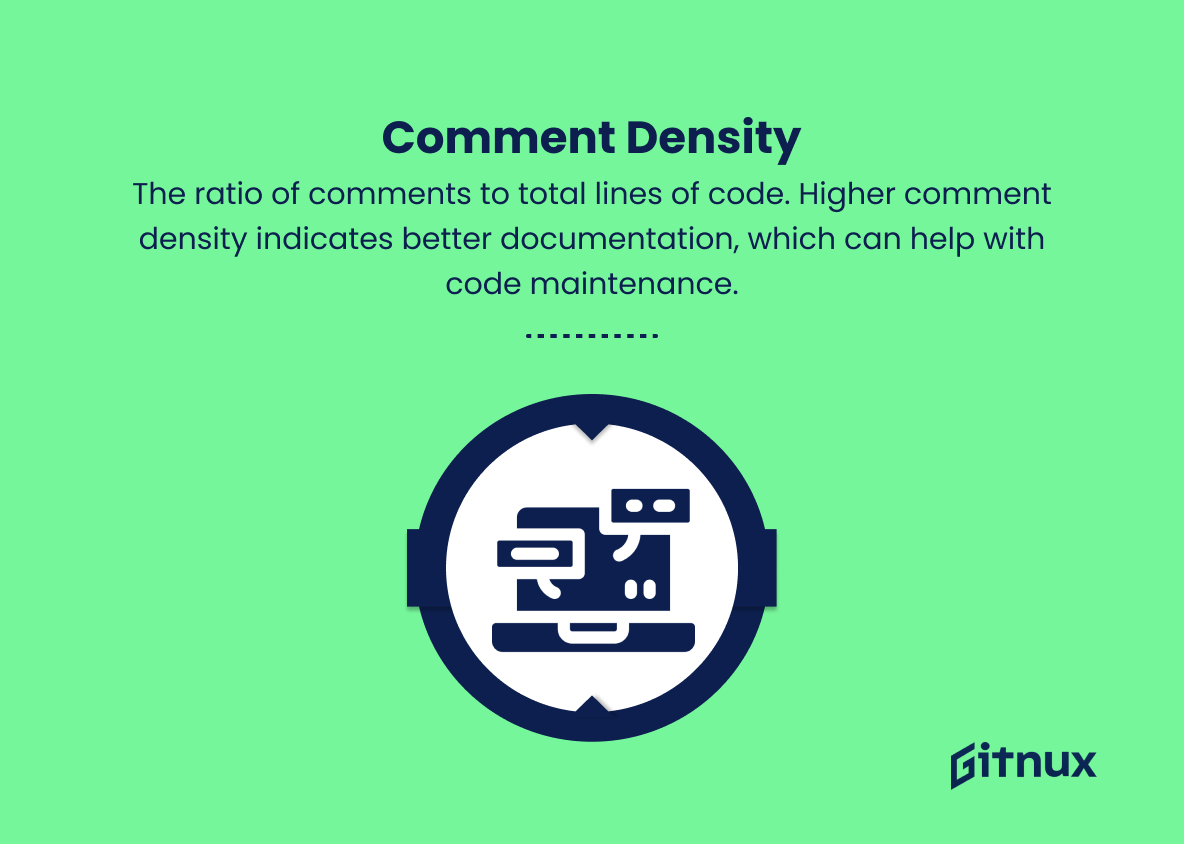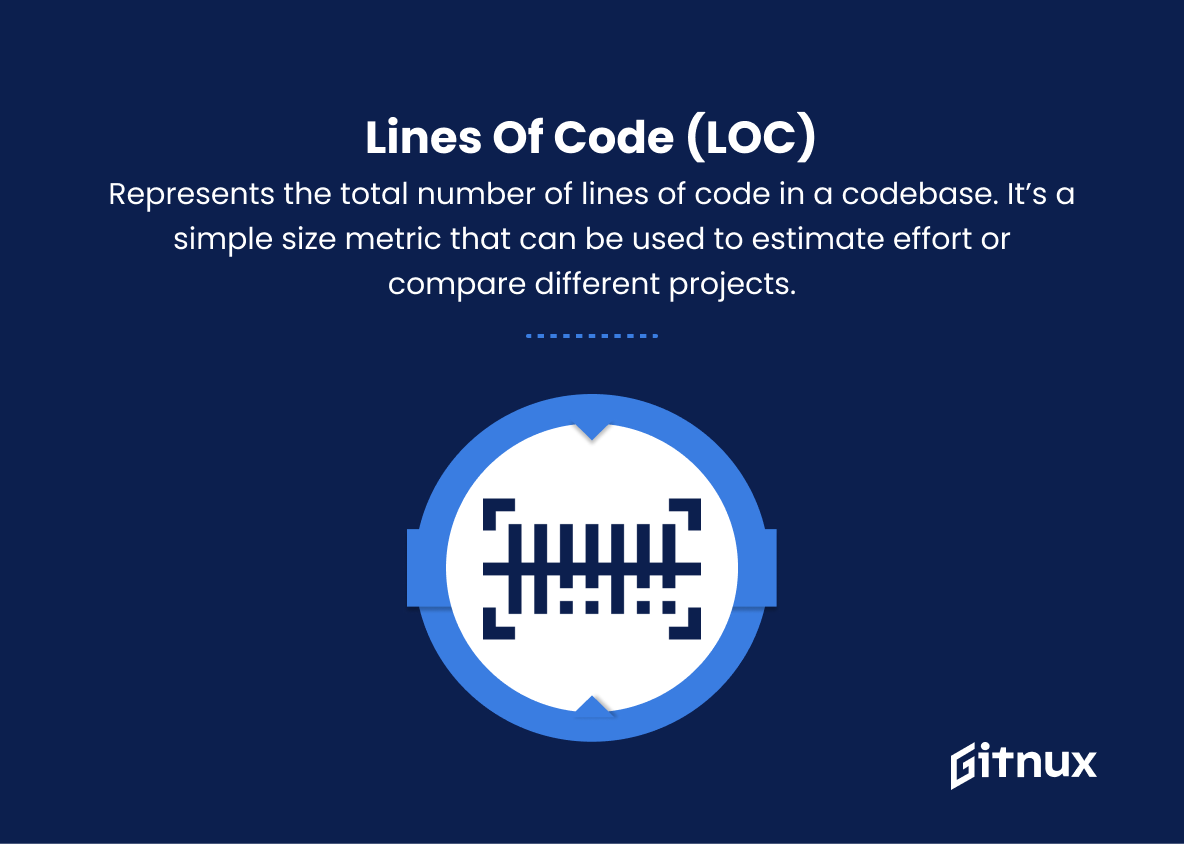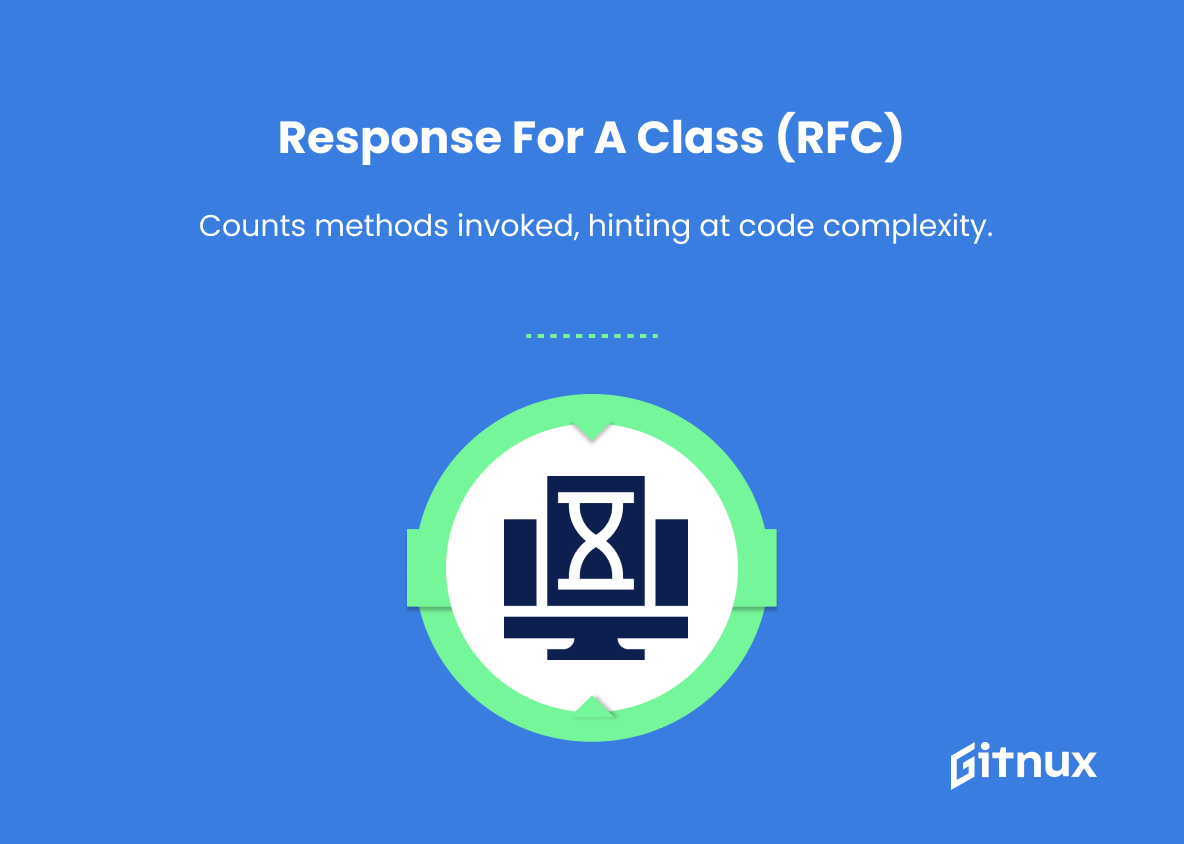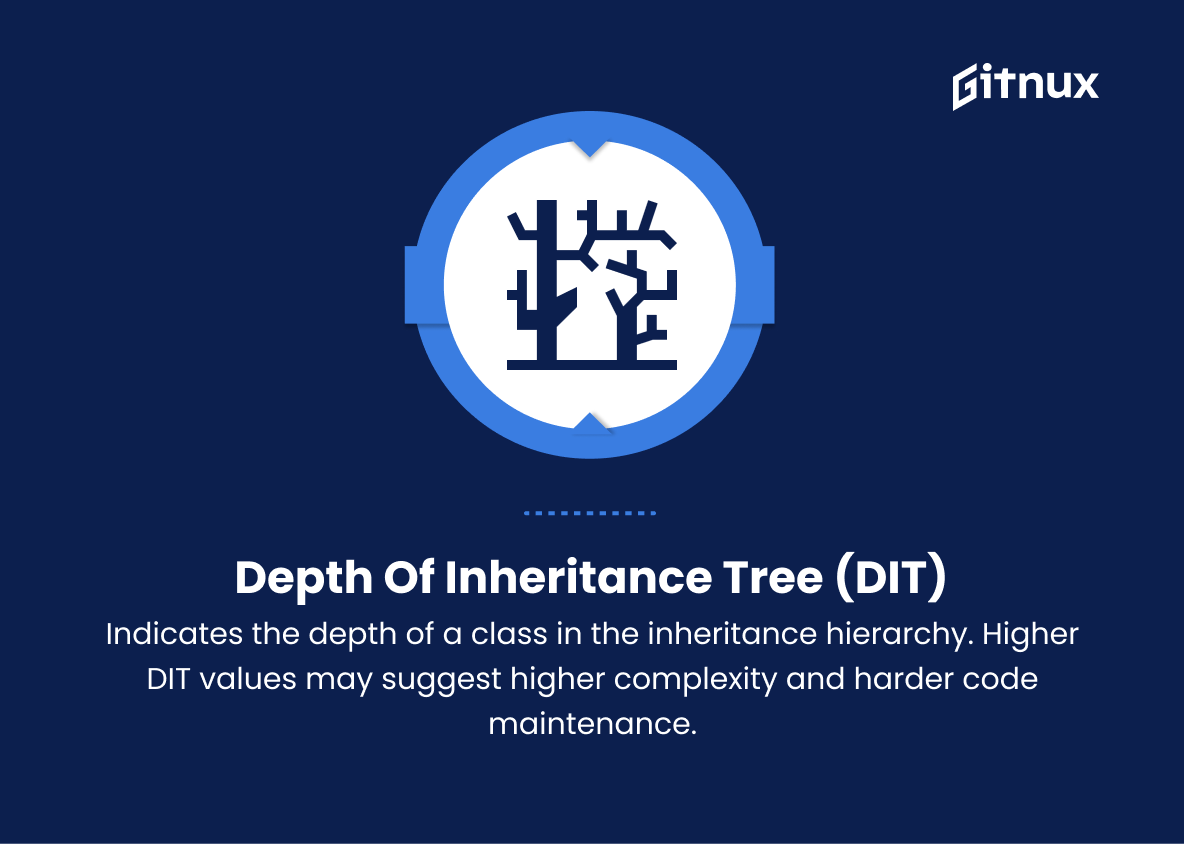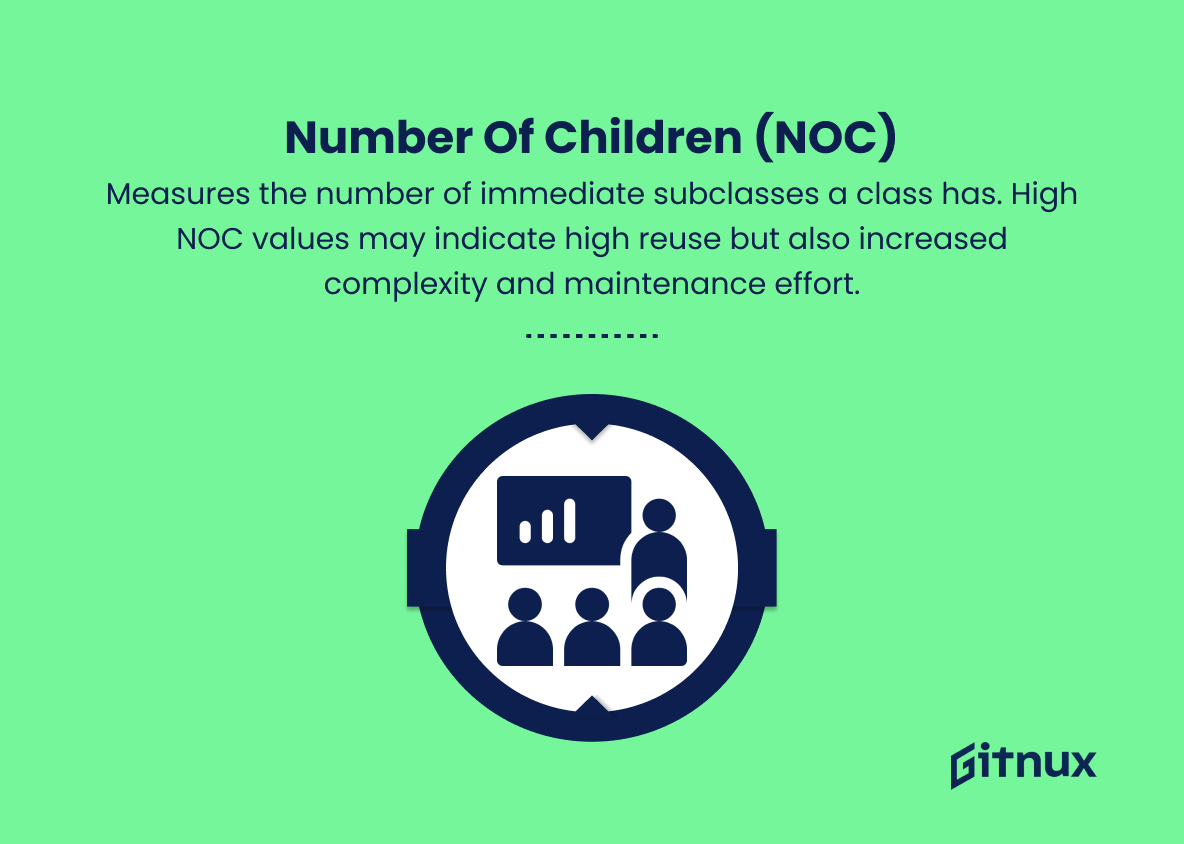In today’s highly competitive technological landscape, maintaining high code quality has become paramount to the success of any software development project. As a consequence, analyzing code quality metrics has emerged as a critical aspect for developers, project managers, and stakeholders alike. In this in-depth blog post, we will explore the significance of code quality metrics and their direct impact on the efficiency, maintainability, and overall success of a project.
Join us as we delve into the various dimensions of these essential indicators, understand their real-world applications, and learn how to leverage them to optimize your software development processes. So, let’s get started on our journey towards achieving software excellence through a comprehensive understanding of code quality metrics.
Code Quality Metrics You Should Know
1. Cyclomatic Complexity
Measures the number of linearly independent paths through a program’s source code. Higher complexity indicates a higher risk of defects.
2. Code Coverage
Represents the percentage of source code that is executed during testing. Higher code coverage indicates more thorough testing, which can reduce the potential for defects.
3. Coupling
Measures the degree to which one module or class relies on another. High coupling implies a higher risk of ripple effects and harder maintenance when changes are made.
4. Cohesion
Represents the degree to which the elements within a module or class are related. Higher cohesion implies better encapsulation, organization, and easier maintenance.
5. Maintainability Index
A metric that calculates a score to represent the maintainability of a codebase. Higher scores indicate better maintainability.
6. Halstead Metrics
A set of measures that quantify properties such as program size, vocabulary, volume, difficulty, and effort for a given piece of code.
7. Code Churn
Measures how frequently the code is being modified over time. High code churn may indicate unstable code or unclear requirements.
8. Comment Density
The ratio of comments to total lines of code. Higher comment density indicates better documentation, which can help with code maintenance.
9. Clone Coverage
The percentage of duplicated code in a codebase. Lower clone coverage is better, as duplicated code can lead to increased maintenance effort and potential errors.
10. Lines of Code (LOC)
Represents the total number of lines of code in a codebase. It’s a simple size metric that can be used to estimate effort or compare different projects.
11. Function Point Analysis (FPA)
A method for measuring the size and complexity of software by evaluating its functional components. FPA can help estimate effort, cost, and duration of a project.
12. Response for a Class (RFC)
Measures the number of methods that can be invoked in response to an object’s method call, including methods of the class and its superclass. High RFC may indicate complex, harder-to-maintain code.
13. Depth of Inheritance Tree (DIT)
Indicates the depth of a class in the inheritance hierarchy. Higher DIT values may suggest higher complexity and harder code maintenance.
14. Number of Children (NOC)
Measures the number of immediate subclasses a class has. High NOC values may indicate high reuse but also increased complexity and maintenance effort.
15. Weighted Methods per Class (WMC)
Represents the sum of complexities of all methods in a class. Higher WMC values may indicate a more complex, harder-to-maintain class.
16. Fan-in/Fan-out
Measures the number of components that call a specific component (fan-in) and the number of components called by that component (fan-out). High fan-in and fan-out suggest increased interdependence, which can lead to higher maintenance effort.
17. Defect Density
Represents the number of defects found in a codebase per unit of code size (usually per thousand lines of code). Lower defect density is desired, indicating fewer defects in the code.
18. Test-Driven Development (TDD) Ratio
The ratio of test code to production code. Higher TDD ratios may suggest more thorough testing practices.
19. Package coupling
Measures how strongly a package is connected to other packages. Lower coupling is preferred, reducing the odds of changes in one package affecting others.
Code Quality Metrics Explained
Code quality metrics are essential in evaluating a program’s source code for its complexity, maintainability, and potential risks. Cyclomatic complexity, for example, measures the number of linear paths and helps identify higher risk of defects. Code coverage assesses the thoroughness of testing, while coupling and cohesion measure interdependence and organization of modules or classes, respectively. Maintainability index and Halstead metrics provide a comprehensive view of a code’s maintainability, while code churn, comment density, and clone coverage indicate code stability, documentation, and duplication, respectively.
Lines of code (LOC), function point analysis (FPA), and response for a class (RFC) provide insights into code size and complexity, while depth of inheritance tree (DIT), number of children (NOC), and weighted methods per class (WMC) specifically focus on class hierarchies and complexities. Fan-in/fan-out highlights component interdependence, while defect density measures code quality in terms of defects found. Test-driven development (TDD) ratio and package coupling emphasize testing practices and package connections, contributing vital information for decision-making processes and ensuring high-quality software.
Overall, these code quality metrics facilitate better understanding, optimization, and maintenance of codebases, supporting best practices in software development over time.
Conclusion
In summary, code quality metrics play an indispensable role in determining the overall health, maintainability, and efficiency of software systems. By using these metrics, developers can better identify and address potential areas for improvement in their codebases, leading to cleaner, more reliable, and more robust applications. It is essential for development teams to adopt and adhere to code quality standards in order to minimize technical debt, ensure faster deployment, and maximize maintainability. By investing in code quality today, developers can save time, resources, and frustration in the long run, creating a more sustainable future for the software development ecosystem.
